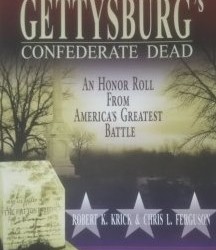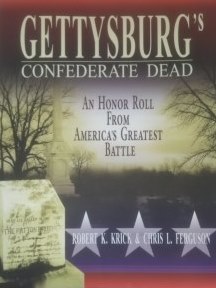The previous blog detailed the wounding and capture of the 35th Georgia Infantry Regiment’s John Rigby at the Battle of the Wilderness. Rigby was from Troup County, Georgia. His wife and immediate family had no idea what had happened to John because when the war ended he never returned to the family farm. He left behind three young sons and his wife, Nancy A. Scogin Rigby, never gave up hope that he would return home. When she died in 1897 she ensured that a spot would be left vacant next to her grave for John. [see blogpost on 4/15/2015]
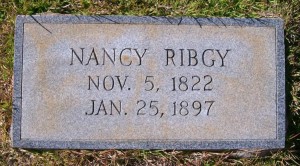
Nancy Rigby headstone – wife of John Rigby, 35th Georgia Infantry Regiment. See link below for image credit.
What they did not know was that early on the morning of May 6, 1864, Rigby and his fellow Georgia Confederates manned the line along the Orange Plank Road that sliced through the tangled undergrowth of a place in central Virginia named The Wilderness. Then suddenly, surrounded on three sides by Yankees, the Georgia line broke amidst the smoke and a hail of bullets. In the chaos, something hit Rigby and he went down, wounded again. He had been shot two years before in the right thigh and left breast which had collapsed a lung. This initial wounding kept him out of action for six months while he recovered.
Yet his arrival at the notorious Federal prison located in Elmira, New York would begin the most desperate struggle of Rigby’s life. He died at “Hellmira” nearly a year after his capture and almost a month after the surrender of Robert E. Lee’s army at Appomattox.
Now fast forward to the 20th century. Some of Rigby’s descendants discovered that he was buried in Woodlawn National Cemetery in grave 2756 on the outskirts of Elmira. In September 1995, James and Wanda Pollard from McDonough, Georgia made the long drive to Elmira to visit the grave of Rigby who was James’ great-great grandfather. Their vehicle held a 20 pound bag of red Georgia clay that they spread over his grave. James said, “He [Rigby] was true to the end. In the end John probably knew he would never see Southern soil again, so I thought I would bring some Georgia soil to him.”
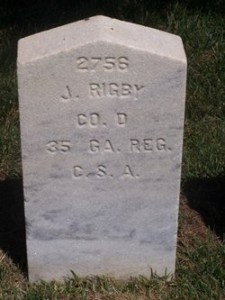
Headstone for Pvt. John Rigby, Co. D, 35th Georgia Infantry Regiment, Woodlawn National Cemetery at Elmira NY. See link to left for image credit.
The family of the 35th Georgia Infantry Regiment’s John Rigby finally had their closure on his demise.
Notes:
Red Clay to Richmond: Trail of the 35th Georgia Infantry Regiment by John Fox, Angle Valley Press, 2004, p. 327.
Quote from Elmira: Death Camp of the North by Michael Horigan, Stackpole Books, 2002, p. 198.
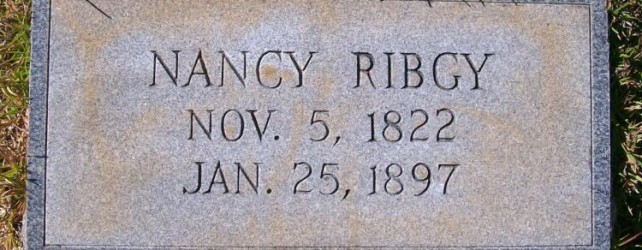
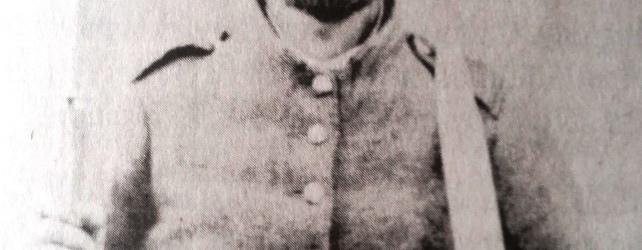
![Pvt John Rigby, Company D, 35th Georgia Infantry Regiment. Died at Elmira [NY] Federal Priosn Camp, May 1865](https://www.anglevalleypress.com/wp-content/uploads/2015/04/20150415_154927-190x285.jpg)
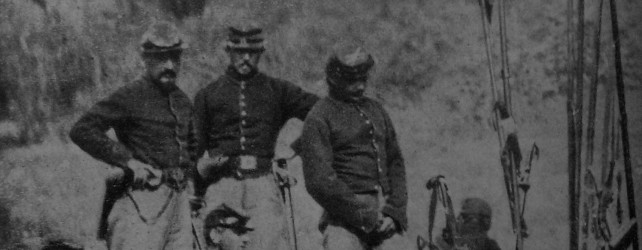
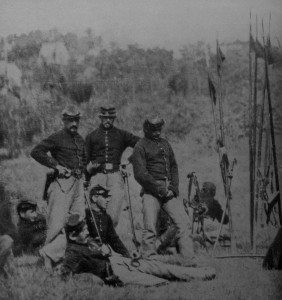
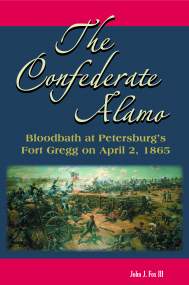 John Fox will give two presentations and lead a battlefield tour for the 150th anniversary of the Battle of Fort Gregg which is known as the Confederate Alamo. On Wednesday, April 1 at 12 noon, John Fox will speak at the Virginia Historical Society for their Banner Lecture Series. Then the following day, Thursday April 2 he will lead a battlefield tour at the remains of Fort Gregg on Boydton Plank Road in Dinwiddie County at 1:45 pm followed by a 3 pm presentation at Pamplin Historical Park at 6125 Boydton Plank Road. Fox wrote the award winning book The
John Fox will give two presentations and lead a battlefield tour for the 150th anniversary of the Battle of Fort Gregg which is known as the Confederate Alamo. On Wednesday, April 1 at 12 noon, John Fox will speak at the Virginia Historical Society for their Banner Lecture Series. Then the following day, Thursday April 2 he will lead a battlefield tour at the remains of Fort Gregg on Boydton Plank Road in Dinwiddie County at 1:45 pm followed by a 3 pm presentation at Pamplin Historical Park at 6125 Boydton Plank Road. Fox wrote the award winning book The 